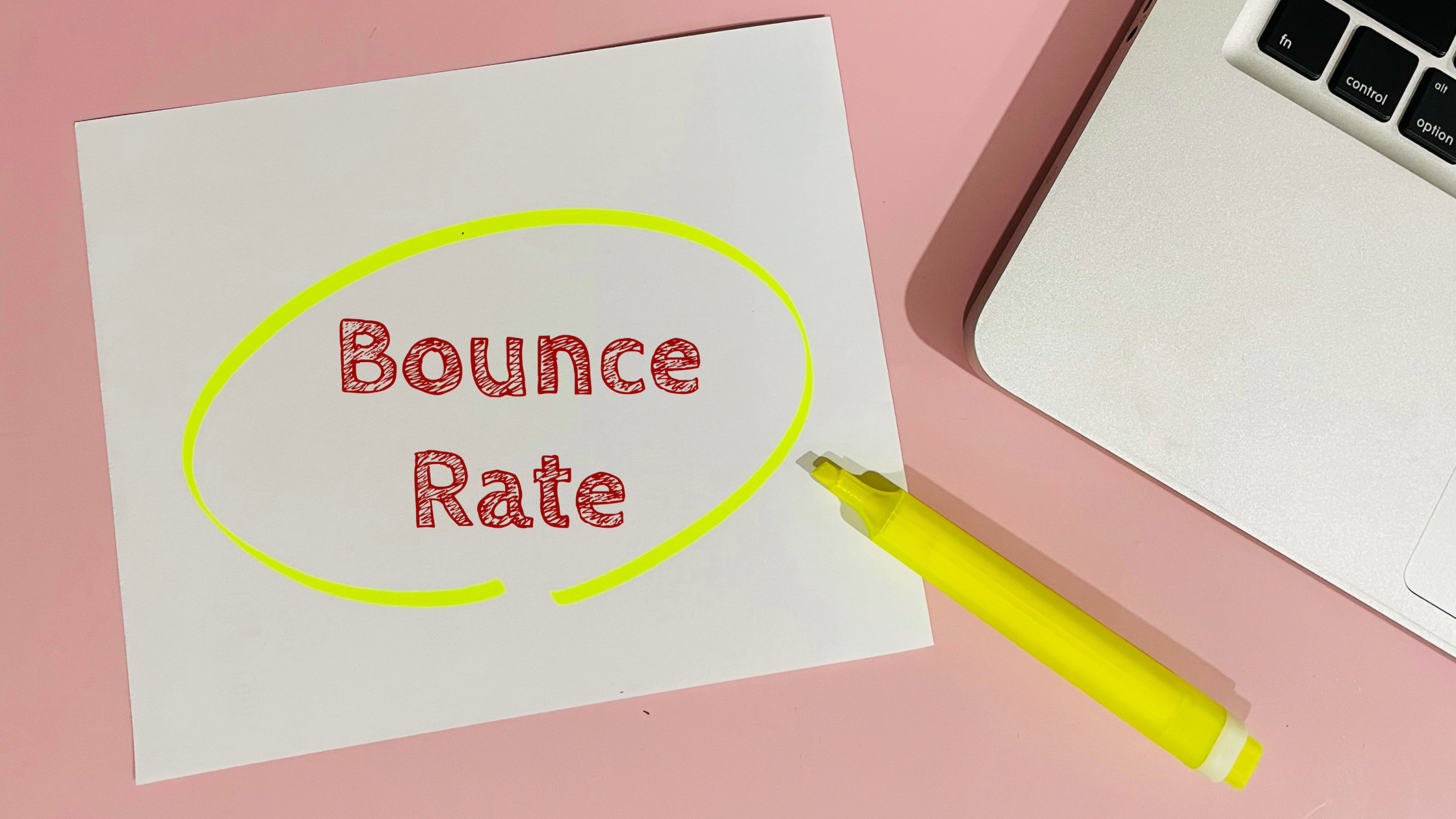What Is Crawl Budget and Why Does Your Site Waste It?
What Is Crawl Budget and Why Does Your Site Waste It?
You might have heard SEOs throw around the term “crawl budget” like it’s some elite Google secret. But here’s the truth: it’s real, it matters, and most websites—especially small ones—waste it without even realizing.
What Is Crawl Budget?
Crawl budget is the number of pages Googlebot is willing (and able) to crawl on your site during a given period. It’s influenced by two main factors:
- Crawl Rate Limit: How often Google wants to crawl your site without overloading your server.
- Crawl Demand: How often Google needs to crawl your site based on popularity, updates, or value.
Small sites typically aren’t limited by crawl rate, but crawl demand? That’s where things break down.
How Are You Wasting It?
Here’s how most sites quietly burn through their crawl budget:
1. Thin Content or Duplicate Pages
If you’re pumping out low-value content or have dozens of tag/category/archive pages with no unique content, Google is wasting time crawling pages it may never index.
2. Unnecessary URL Parameters
?sort=oldest, ?ref=sidebar, ?page=17 — if your CMS spits out messy parameter-based URLs without canonicals or controls, you’re asking Google to crawl 10 versions of the same page.
3. Redirect Chains
Every time Googlebot hits a 301 → 301 → 200, it costs crawl budget. Clean up legacy redirects and never stack them.
4. Broken Links and 404 Pages
Internal links that go nowhere still get crawled. Too many 404s signal poor site maintenance and waste valuable crawl time.
5. Blocked or Confusing Robots.txt
Blocking important folders or not guiding bots properly can confuse crawlers or cut them off from new content entirely.
How to Use Crawl Budget Smarter
- Submit an XML sitemap and keep it clean. Only include high-value URLs.
- Noindex or remove thin content. If it doesn’t add value, either improve it or delete it.
- Fix broken links regularly using tools like Ahrefs, Screaming Frog, or Sitebulb.
- Consolidate similar content to avoid keyword cannibalization and duplicate crawling.
- Use internal linking wisely. It tells crawlers what’s important and where to go next.
- Watch crawl stats in Google Search Console under Crawl Stats Report.
Bottom Line
Google doesn’t crawl your whole site every day. And if your site structure is messy, slow, or full of junk URLs, the good stuff may get ignored.
Clean sites get crawled. Messy ones get left behind. Make your crawl budget count.
news via inbox
Subscribe to get SEO Tips and Tricks directly in your inbox!








